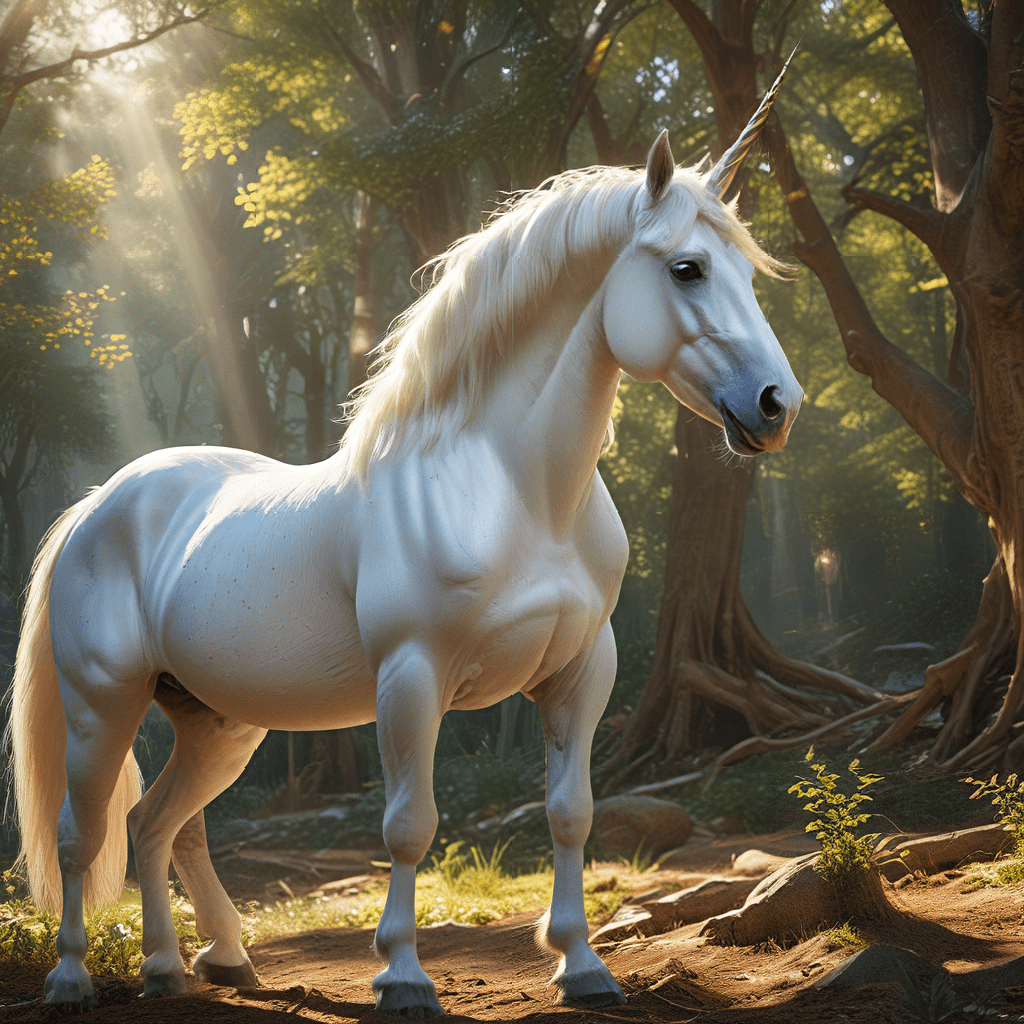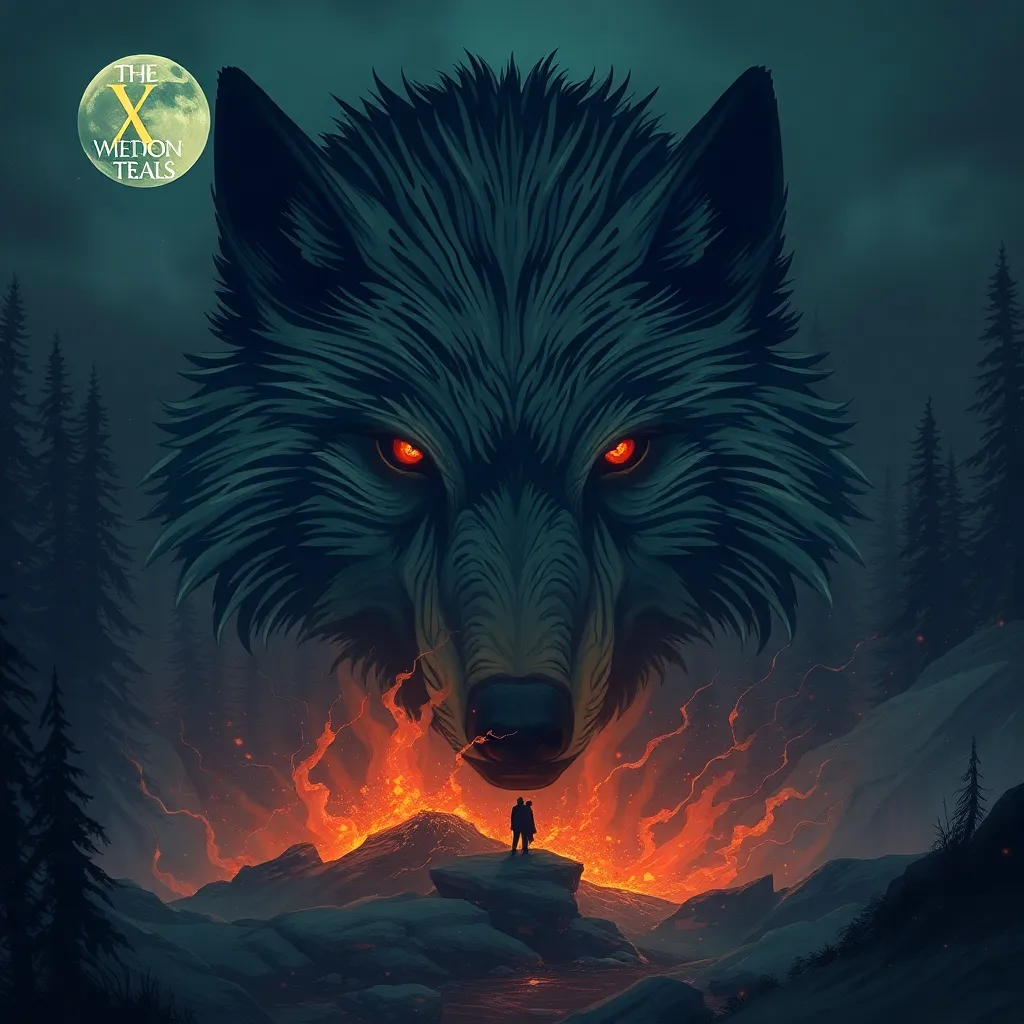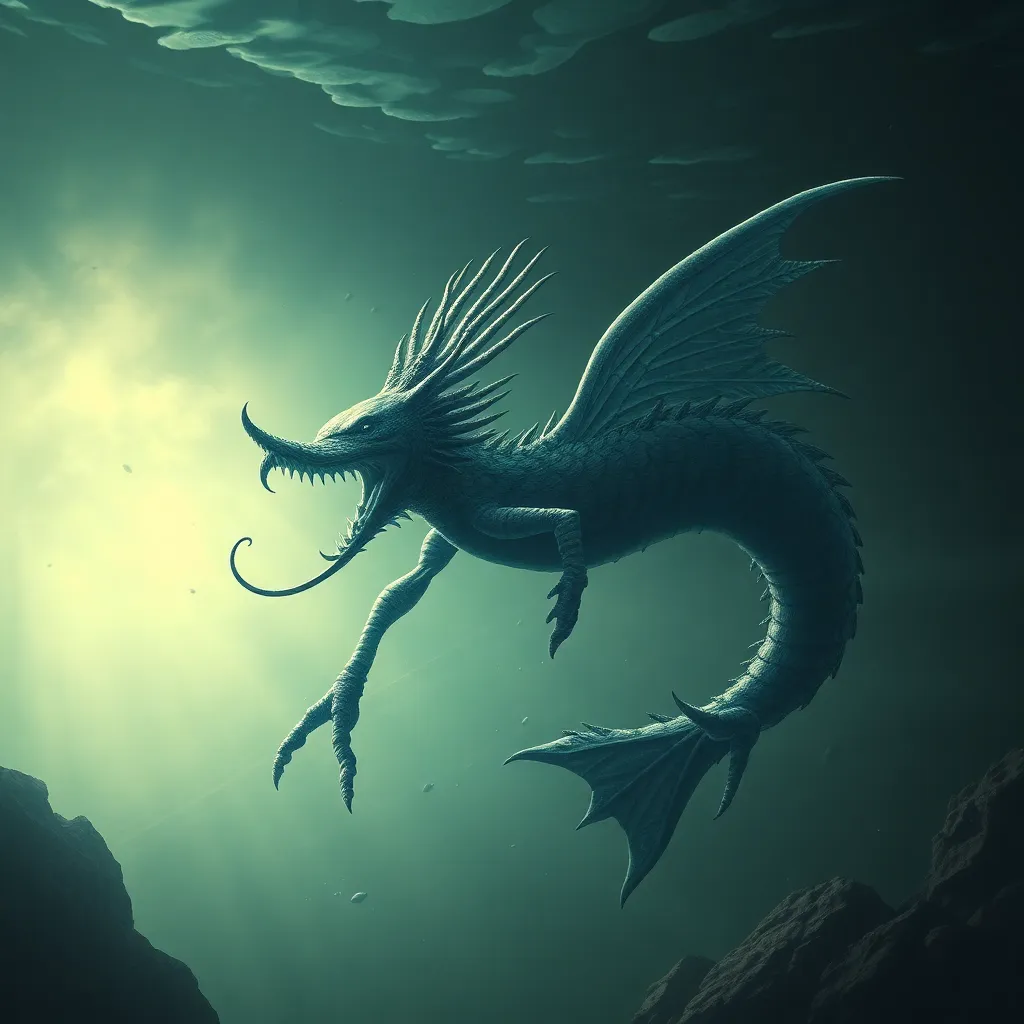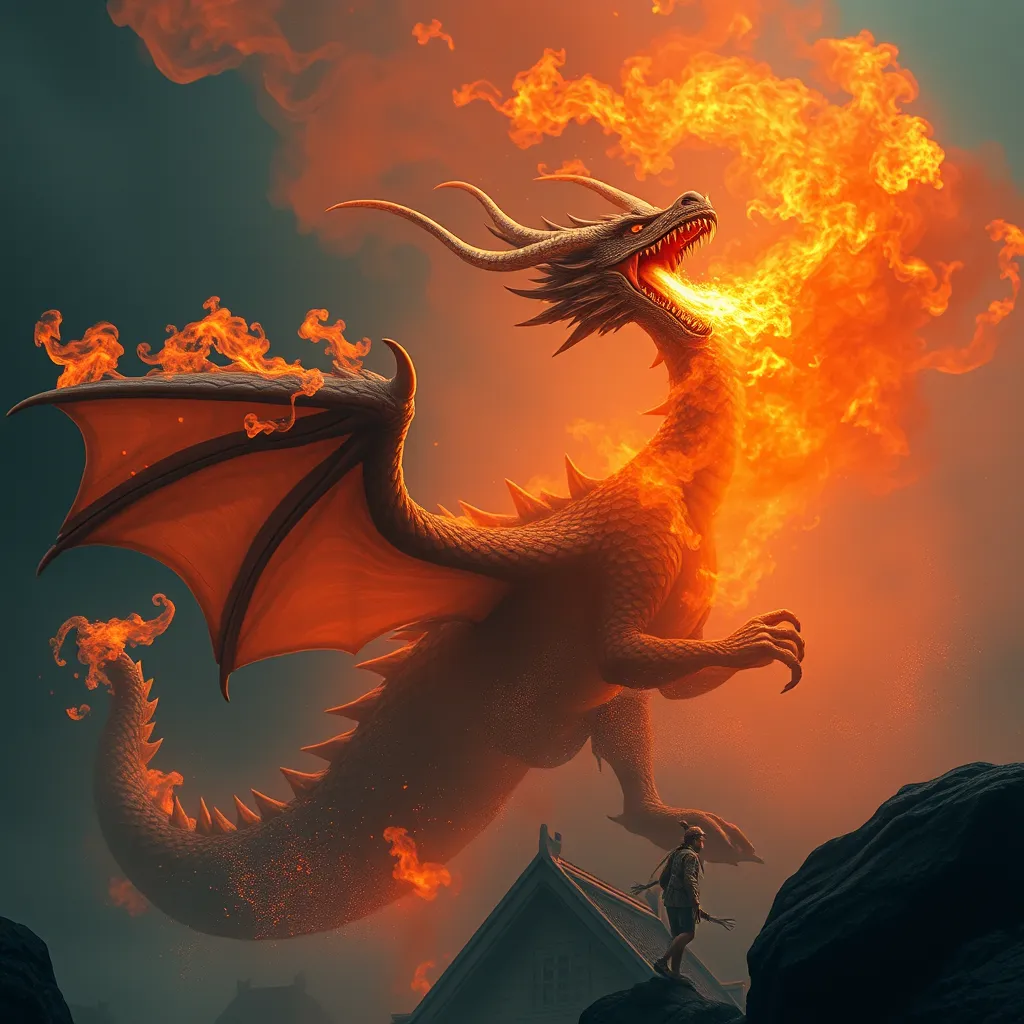The Unicorn’s Whisper: Tales of Magic and Myth
The Unicorn in Ancient Lore: Origins and Evolution
The unicorn, a creature of breathtaking beauty and mythical power, has captivated the imaginations of people for centuries. Its origins can be traced back to ancient civilizations, where it was revered as a symbol of purity, grace, and mystical strength. The earliest written accounts of unicorns appear in ancient Greek texts, where they are described as wild, swift animals with a single, spiraled horn on their foreheads. The Greek writer Ctesias (c. 400 BCE) provided a detailed description of the unicorn, claiming he encountered one in India: a white horse with a single horn, a crimson mane, and hooves that resembled those of a stag.
These early descriptions of unicorns often intertwined with real-world animals, suggesting that the mythical beast may have been inspired by actual creatures like the rhinoceros or the oryx. The rhinoceros, with its single, prominent horn, could have easily served as a basis for the unicorn’s physical form. The oryx, a type of antelope known for its long, spiraled horns, could have contributed to the unicorn’s symbolic association with purity and grace.
Over time, the unicorn’s image evolved as it spread through different cultures and traditions. In ancient Rome, the unicorn was depicted as a fierce and powerful creature, often associated with the god Mercury. The Roman writer Pliny the Elder (c. 23-79 CE) described the unicorn as a fierce beast that could not be captured alive. He even claimed that its horn had medicinal properties, capable of purifying water and neutralizing poisons.
The unicorn’s journey through ancient lore reflects its enduring power as a symbol of mystery, wonder, and the unknown. As the creature traveled from one civilization to another, its image transformed, becoming both more complex and more ingrained in the collective imagination of the world.
Symbolism and Significance: A Horn of Purity and Power
The Unicorn’s single horn, a mesmerizing spiral of ivory, has held a profound significance throughout history, symbolizing purity, power, and healing. Its association with innocence and chastity stems from its elusive nature and its ability to remain untainted by the world’s impurities. The unicorn was often depicted as a solitary creature, untouched by the corruption of the world, a symbol of purity and spiritual grace.
In medieval and Renaissance times, the unicorn’s horn was believed to hold magical powers and medicinal properties. It was thought to be a potent antidote to poisons, a cure for disease, and a powerful talisman against evil. In art and literature, the horn was often depicted as a chalice or cup, symbolizing the sacred vessel that could contain and dispense the unicorn’s magical powers. The unicorn’s horn was even used as a symbol of the Virgin Mary, representing her purity and spiritual power.
In alchemy, the unicorn’s horn symbolized the ultimate transformation of base metals into gold. The spiral of the unicorn’s horn was seen as a visual representation of the alchemical process, representing the journey of the soul toward enlightenment and perfection.
The unicorn’s horn has also been associated with the concept of unity and harmony. The single spiraling horn, with its smooth, unbroken form, represents the interconnectedness of all things and the merging of opposing forces. This concept of unity is particularly relevant in modern times, as we strive to bridge cultural divides and create a more harmonious world.
The Unicorn in Medieval Art and Literature: From Tapestry to Manuscript
During the Middle Ages, the unicorn became a central figure in medieval art and literature, its image woven into tapestries, illuminated manuscripts, and decorative motifs. The unicorn’s popularity in medieval Europe was amplified by its association with Christianity. Christian theologians and artists often depicted the unicorn as a symbol of Christ, whose sacrifice and resurrection offered salvation for humanity.
The iconic “Unicorn Tapestries,” a series of seven monumental tapestries created in the late 15th century, stands as a testament to the unicorn’s enduring appeal in medieval art. These tapestries, which depict the unicorn being hunted and eventually captured by a virgin, showcase the unicorn’s symbolism of purity, power, and the triumph of good over evil.
Medieval literature also embraced the unicorn’s mystique. In works like “The Romance of the Rose” and “The Faerie Queen,” the unicorn is depicted as a creature of great beauty and power, often associated with love, chivalry, and the quest for the Holy Grail. The unicorn’s presence in medieval literature and art reflects its profound impact on the European imagination, solidifying its place as a timeless symbol of magic, grace, and spiritual longing.
Unicorns and the Supernatural: Healing Powers and Magic
The unicorn’s reputation as a creature with supernatural abilities dates back to ancient times, with its horn believed to possess magical properties. The unicorn’s horn was said to purify water, neutralize poisons, and heal wounds. In medieval times, people believed that drinking water from a unicorn’s horn could cure diseases and prolong life. The horn was also used in rituals and ceremonies, thought to protect against evil spirits and ward off curses.
In folklore and mythology, the unicorn was often associated with the powers of healing and rejuvenation. Its horn was said to be able to cure the sick and revive the dying, giving it a reputation as a powerful symbol of hope and renewal. The unicorn’s magical powers were also linked to its elusive nature, as its ability to disappear into thin air and evade capture was seen as a testament to its connection to the spiritual realm.
The unicorn’s association with healing and rejuvenation has resonated through centuries, reminding us of the power of hope, healing, and the potential for transformation. Its mythical powers serve as a reminder that even in the darkest of times, there is always the possibility of renewal and healing.
Unicorns in the Modern Era: Pop Culture and Fantasy
The unicorn’s enchantment has extended into the modern era, captivating the imaginations of writers, artists, and filmmakers. Its mythical presence has taken root in popular culture, appearing in everything from children’s literature and fantasy novels to movies, TV shows, and video games.
In the realm of fantasy literature, the unicorn has become a beloved and enduring symbol, often depicted as a creature of power and grace in stories that explore themes of magic, adventure, and the battle between good and evil. J.K. Rowling’s “Harry Potter” series, for example, features unicorns as magical creatures with healing powers and a strong connection to the natural world.
In popular culture, the unicorn has become a symbol of innocence, beauty, and wonder. Its image adorns clothing, jewelry, home decor, and countless other items, reflecting its enduring appeal to people of all ages. The unicorn’s popularity in modern culture demonstrates its ability to transcend time and connect with audiences across generations.
The unicorn’s enduring presence in popular culture is a testament to its enduring power as a symbol of hope, imagination, and the power of believing in the impossible. Its mythical qualities continue to inspire awe and wonder, reminding us of the beauty and magic that exist in the world.
.
The Unicorn as a Symbol of Hope and Unity
The unicorn’s enduring power lies in its ability to symbolize hope, unity, and the interconnectedness of all living things. Its single horn, a harmonious spiral of ivory, represents the merging of opposing forces, reminding us of the potential for unity and reconciliation even amidst challenges and division. The unicorn’s graceful form and its association with purity and innocence embody a sense of hope and optimism, reminding us that even in the face of darkness, there is always the possibility of light and renewal.
In a world often characterized by conflict and division, the unicorn serves as a powerful reminder of the importance of unity and harmony. Its presence in mythology and art echoes the human yearning for peace, understanding, and a world where differences are embraced rather than feared. The unicorn’s enduring message of unity and hope continues to resonate with people across cultures and generations, offering a beacon of light in a world that often seems shrouded in darkness.
Unicorns in Science and Nature: Exploring the Myth
While the unicorn remains a creature of myth and legend, its enduring appeal has led scientists and researchers to explore the origins of the myth and its possible connection to real-world creatures. Some theories suggest that the unicorn myth may have been inspired by encounters with animals like the rhinoceros, with its single, prominent horn, or the oryx, an antelope known for its long, spiraled horns.
The unicorn’s association with purity and grace may also have been inspired by the white horse, a symbol of nobility and power in many cultures. However, despite these possible connections to real-world animals, the unicorn remains a purely mythical creature, a creature of imagination and wonder that has captured the human spirit for centuries.
The enduring power of the unicorn myth lies in its ability to transcend the boundaries of reality and connect with the human imagination. The unicorn’s mythical qualities, its magical powers, and its association with purity and grace, offer a reminder that the world is a place of wonder and mystery, a place where dreams can come true and the impossible can become real.
The Unicorn’s Whisper: A Call for Wonder and Imagination
The unicorn’s whisper is a call to embrace wonder, imagination, and the magic that exists in the world. It invites us to step beyond the confines of the ordinary and explore the realms of possibility and dreams. The unicorn reminds us that the world is a place of wonder and enchantment, a place where the impossible becomes possible, and the ordinary becomes extraordinary.
The unicorn’s enduring legacy lies in its ability to inspire hope, encourage creativity, and remind us of the beauty and magic that exists within each of us. By embracing the unicorn’s spirit, we open ourselves to a world of possibilities, a world where imagination reigns supreme and dreams can take flight.
The Unicorn’s Legacy: A Timeless Symbol of Beauty and Magic
The unicorn, a creature of myth and legend, has captivated the human imagination for centuries, its image woven into tapestries, illuminated manuscripts, and countless other works of art. From ancient Greece to medieval Europe, the unicorn has been revered as a symbol of purity, grace, and mystical power, its presence in mythology and folklore reflecting the enduring human fascination with the unknown and the extraordinary.
The unicorn’s enduring legacy lies in its ability to transcend time and culture, its image resonating with people across generations. Its presence in modern culture, from children’s books and fantasy novels to movies and video games, is a testament to its enduring appeal and its ability to connect with the human heart. The unicorn’s enduring power as a symbol of beauty, magic, and the power of belief reminds us that the world is a place of wonder and possibility, a place where dreams can come true and the impossible can become real.
FAQ
What is the unicorn’s most prominent feature?
The unicorn’s most prominent feature is its single, spiraled horn, which is often depicted as being made of ivory.
What does the unicorn symbolize?
The unicorn symbolizes purity, grace, power, healing, and unity.
Where did the unicorn myth originate?
The unicorn myth can be traced back to ancient civilizations, with the earliest written accounts appearing in ancient Greek texts.
What is the unicorn’s association with Christianity?
In medieval times, the unicorn was seen as a symbol of Christ, with its capture by a virgin often representing the capture of Christ’s soul by God.
What is the unicorn’s role in modern culture?
The unicorn is a popular symbol in modern culture, appearing in books, movies, TV shows, and video games. It is often used to represent innocence, beauty, and wonder.



